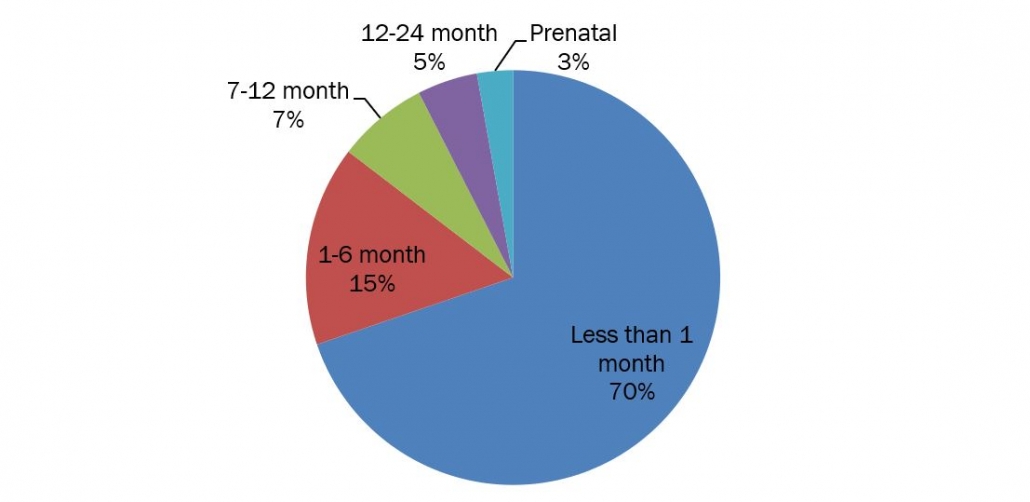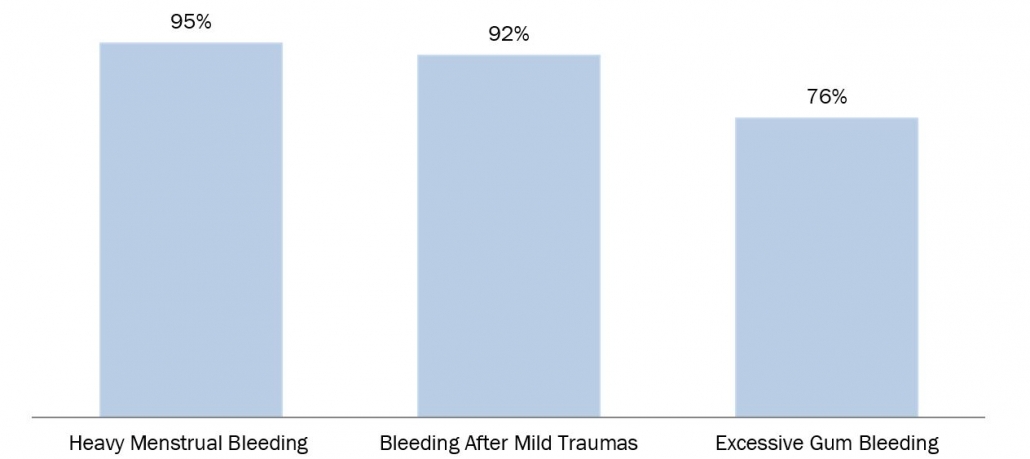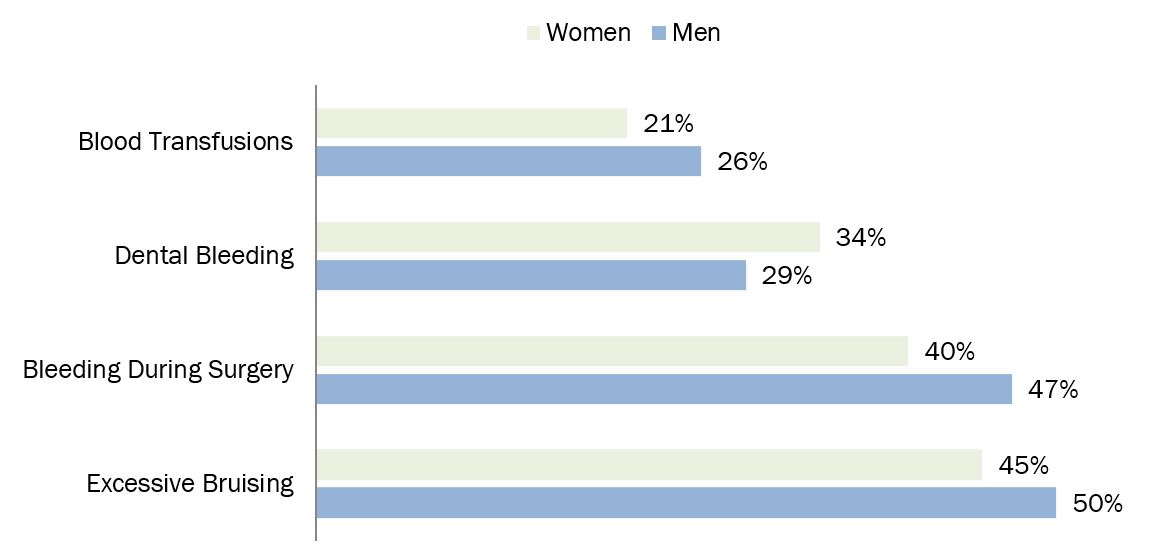Sustainable Solutions: Exploring the Growing Coagulation Analyzer Market
The coagulation analyzer market is the global market for medical devices that examine the coagulation process, or the body’s natural tendency to create blood clots. These devices are generally used to detect and monitor blood clotting diseases such as thrombophilia, hemophilia, and von Willebrand disease.
Coagulation analyzers use a variety of technologies, including optical, mechanical, and electrochemical approaches, to determine the coagulation characteristics of a blood sample. Clotting time, prothrombin time, activated partial thromboplastin time, and international normalized ratio are some of the measures examined.
The expanding prevalence of blood clotting diseases, as well as the growing need for coagulation analyzers for diagnostic reasons, is the primary driver of the need for these solutions. Furthermore, the use of automated coagulation analyzers and the development of new coagulation tests are driving market expansion.
Automated coagulation analyzers provide several advantages over traditional manual procedures, including improved accuracy, efficiency, and speed. Furthermore, the development of sophisticated coagulation tests allows doctors to detect and monitor blood clotting problems with greater accuracy and efficiency.
Haemophilia is a rare hereditary condition affecting one in every three persons in the United States. The median age of diagnosis is 36 months for mild hemophilia, 8 months for moderate hemophilia, and 1 month for severe hemophilia. In two-thirds of instances, a family history exists.
A particular blood test is used to make the diagnosis, which is often performed after birth. Prenatal genetic testing may also be performed. In one-third of instances, the diagnosis is obtained following an atypical bleeding episode that necessitates the use of particular blood testing. The diagnosis of hemophilia in children under the age of two is classified as follows: less than 1-month-old (69.7%), 1-6 months (15.6%), 7-12 months (7.1%), 12-24 months (4.7%), and prenatal (2.8%).
Figure 1: Percentage of Diagnosis of Hemophilia Among Children Less Than 2 Years of Age

Source: Centers for Disease Control and Prevention
The rising prevalence of blood clotting diseases such as thrombophilia, hemophilia, and von Willebrand disease is a significant driver of the coagulation analyzer industry. According to the World Federation of Haemophilia, roughly 400,000 people worldwide have hemophilia, whereas von Willebrand disease affects about 1% of the world’s population. The increasing prevalence of these illnesses is likely to boost demand for coagulation analyzers for use for diagnostic purposes.
The aging population is another significant driver of the coagulation analyzer industry. As people age, their chances of getting blood clotting issues rise. According to the United Nations, the global population aged 65 and up is expected to reach 1.5 billion by 2050, up from 703 million in 2019.
The same source states that the population aged 65 and up accounted for 10% of the global population, a 2% increase over 2015’s percentage share. During the forecast period, demand for coagulation analyzers is likely to rise due to an increase in the aging population.
It took an average of 16 years between the onset of bleeding symptoms and the diagnosis of a bleeding disorder. Before being diagnosed with VWD, women had an average of six bleeding symptoms. Menorrhagia, bruising, nosebleeds, and bleeding after surgery, accident, or delivery were all typical complaints. Menorrhagia was the most commonly reported symptom.VWD was identified after an average of two tests (range: 1-20).
38% of women reported being diagnosed by a Haemophilia Treatment Centre (HTC) doctor. Women diagnosed by providers other than an HTC doctor accounted for 11%, with 42% by a haematologist, 28% by an internist or family doctor, and 19% by a gynecologist.
According to the CDC’s research of 102 women with VWD, the most often reported bleeding symptoms are as follows: heavy menstrual bleeding (95%), bleeding after mild traumas (92%), and excessive gum bleeding (76%).
Figure 2: Bleeding Symptoms in Women With VWD Percentage

Source: Centers for Disease Control and Prevention
The worldwide coagulation analyzer market for platelet function tests is expected to develop significantly because of the rising frequency of bleeding diseases, a growing geriatric population, and increased demand for point-of-care testing. Platelet function tests assess platelets’ capacity to form blood clots, making them a valuable diagnostic tool for diagnosing and treating a variety of bleeding problems.
The market is predicted to expand rapidly due to the development of sophisticated platelet function testing equipment, rising healthcare spending, and rising need for early illness detection. The use of platelet function tests in research and clinical trials will also help to fuel market expansion.
Type 1 Von Willebrand disease (VWD) is a minor hereditary bleeding illness characterized by extended bleeding times. It is caused by mutations in the gene that produces Von Willebrand factor, a protein implicated in blood clotting. This lowers the amount of functional VWF in the circulation. Symptoms include easy bruising, persistent bleeding from small cuts or accidents, frequent nosebleeds, heavy menstrual cycles, and, in extreme cases, bleeding into joints or soft tissues.
According to the CDC’s research of 42 men and 38 women with Type 1 VWD, 45% of women and 50% of men with VWD had severe bruising. 40% of women and 47% of men with VWD experienced significant bleeding during surgery. 34% of women and 29% of men with VWD experienced dental bleeding. 21% of women and 26% of men with VWD had undergone blood transfusions.
Figure 3: Bleeding in Men and Women With VWD

Source: Centers for Disease Control and Prevention
Geographically, the coagulation analyzer market is divided into North America, South America, Europe, the Middle East & Africa, and Asia Pacific. The North American coagulation analyzer market is likely to expand substantially throughout the forecast period due to an increase in the frequency of coagulation diseases, rising healthcare costs, and increased demand for sophisticated coagulation testing. The United States is likely to be a key market in this area because of its large market participants, well-established healthcare infrastructure, and beneficial government initiatives.
In conclusion, Coagulation analyzers vary in complexity, from simple point-of-care devices used in clinics or hospitals to high-throughput laboratory systems capable of processing large numbers of samples simultaneously. They play a critical role in ensuring patient safety during surgical procedures, managing patients with bleeding disorders, and monitoring anticoagulant therapy in conditions such as atrial fibrillation or deep vein thrombosis.
Table 1: Key Developments
|
Year |
Development |
|
January 2024 |
Abbott’s PROTALITY™ brand, a high-protein nutrition shake, targets individuals who want to lose weight while preserving muscle mass and nutrition. Nearly half of individuals in the United States have tried to lose weight in the last year, and research showed that adults may require at least 50% more protein than the Recommended Dietary allowance to maintain muscle mass while losing weight. |
|
January 2024 |
Beckman Coulter Diagnostics launched the DxC 500 aU Chemistry Analyzer, an automated clinical chemistry analyzer for healthcare systems. It provided superior automation technologies, onboarding protocols, and standardized reagents for use in healthcare networks. With over 120 tests that had been independently confirmed for Six Sigma performance, it minimizes QC troubleshooting and lab operating expenses. This gadget is intended for in vitro diagnostic usage only. |
Source: Knowledge Sourcing Intelligence Analysis



